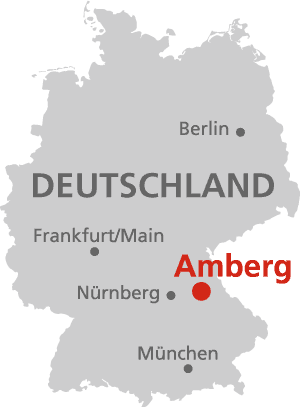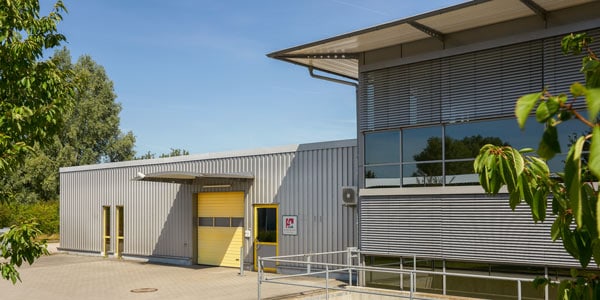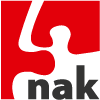Feeding technology for efficient automation
nak Automation GmbH is a leading supplier of flexible feeding technology: from complex feeding solutions to high-quality feeding components in a modular system, which are ideal for the provision and handling of small and very small parts.
The wide range of nak component feeders includes not only linear conveyors, bowl feeders, vibratory drives and centrifugal conveyors, but also sophisticated feeding stations including transfer handling. On customer request, nak Automation also realises efficient multi-lane feeding solutions, integrates camera systems as well as complex sorting functions.
nak parts feeders convey components of almost any shape and from a wide variety of materials, in sizes from 0.1 mm to about the size of a fist.
Feeding technology from nak is used in automation systems in a wide range of industries – from automotive, mechanical engineering, electrical engineering and electronics to robotics, sensor technology and connectivity.
Feeding systems and feeding components from nak
Several patents on practical feeders with vibration force compensation prove the market position of the experts from northern Bavaria for customer-oriented component feeding, handling and vision technology.
In addition to CNC-manufactured bowl feeders, nak’s standard range includes proven vibratory drives, linear feeders and centrifugal feeders, as well as vibratory and belt hoppers and the appropriate accessories – such as parts chutes, bases and stand feet, control units, forked light barriers and ion blowers.
With the prefabricated, flexible nak feeding system for small and very small parts, we can react quickly to customer requests. Only the pot size and conveyor belt length still have to be coordinated. The adaptation to the respective customer components is done by individual change parts – for example by baffles, which we produce in the 3D printing process.
On request, we can complete your nak feeding system individually – for example with camera systems including image recognition or with precision robots for parts manipulation and micro-assembly.
Our competences
Branches
Electrical Engineering
Electronics
Automotive
Robotics
Plastics technology
Household
Mechanical engineering
Punching/Bending
Connectivity
Medicine
Feeding technology at nak
Our vibratory bowl feeders are vibration-capable spring mass systems which are driven electromagnetically.
The mechanical vibrations of the vibratory drives in the bowl feeder are used in our milled polyamide conveyor pots for sorting and separating bulk material.
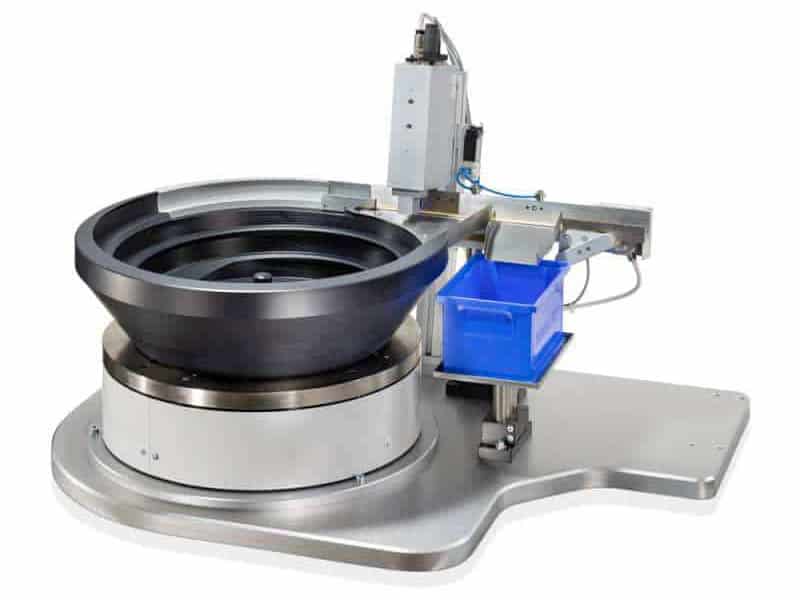
Our linear vibratory drives are vibration-capable spring mass systems which are driven electromagnetically.
The mechanical vibrations of the vibratory drives in the linear conveyor are used in our linear conveyor lines for transporting, sorting and separating bulk material.
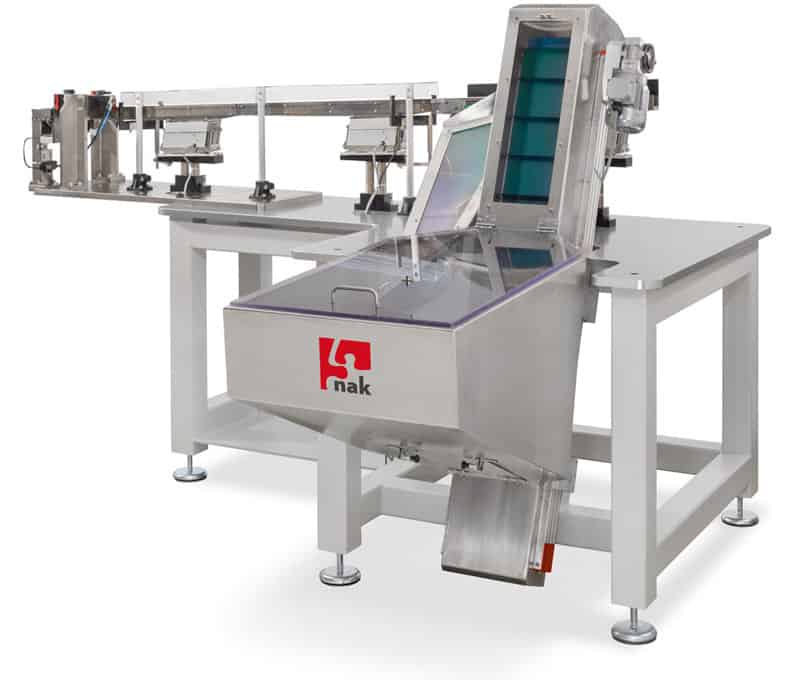
Centrifugal conveying technology uses a permanently rotating, inclined disc that pushes the items to be conveyed outwards against a boundary of the disc by means of centrifugal force. At the highest point of the centrifugal conveyor, the items to be conveyed are transferred to a second rotating ring, which rotates at a higher speed. From there, the conveyed items can be discharged in an orderly manner and in the correct position.
- High speeds with a conveying capacity of up to 2,500 parts/min.
- Low noise level
- Gentle parts transport without vibration
- Robust construction with hardened sorting chicanes
- Quick type change due to plug-in sorting elements
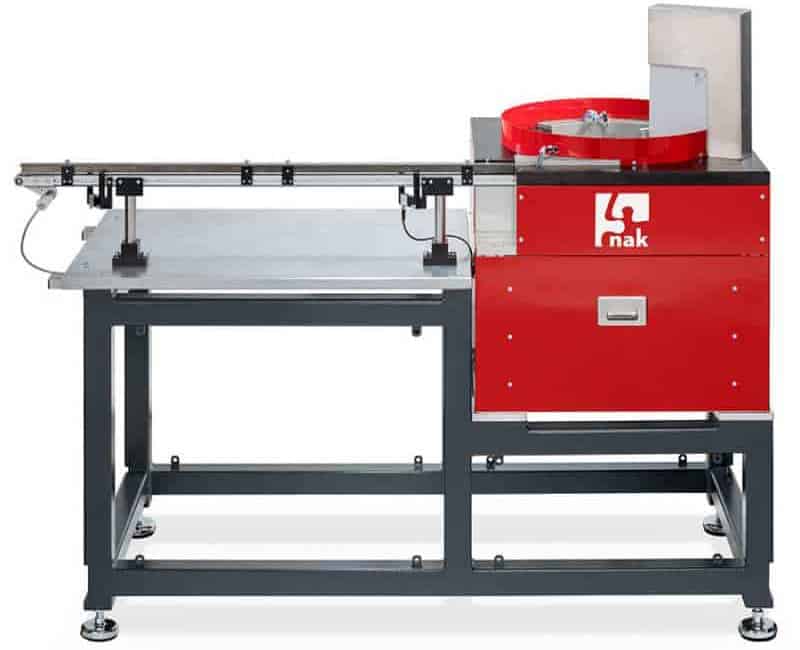
Vibration force compensation
Conventional vibratory conveyor drives (AWF or LF 70) work according to the 2-mass oscillation principle. The reaction forces that occur due to the vibrating working mass (conveyor bowl, linear rail, …) are transmitted to the ground (machine table) via the unit feet and must be compensated by a correspondingly large foundation (counter)mass.
The innovative nak drive systems (KWF or KLF) work according to the counter-vibration principle with integrated vibration force compensation. Here, the useful mass (conveyor bowl, linear rail) oscillates in the desired direction of conveyance, while a mechanically coupled counter-mass always oscillates in the opposite direction. In this way, the vibration forces are almost compensated and a transmission of the vibration energy into the foundation is significantly reduced.
Conventional two-mass oscillating system

FS = F1
FS – Linear rail drive force
F1 – Reaction force in foot plate
Two-mass oscillating system
with vibration force compensation

FS = FG1 + FG2
F1 = F1*
FS << F1
FS – Linear rail drive force
FG – Counterforce
F1 – Reaction force in foot plate
Advantages of the vibration force compensation
• Compensation of the vibration forces in the drive unit
• Reduced transmission of vibratory forces to substructures
• Minimal mutual influence of the vibratory drives on each other
• High precision at the mechanical interfaces (pot run-out/rail)
• Significantly lighter vibratory drives due to elimination of heavy counterweights
• Clean infeed of the components into the separating unit
We are here for you
